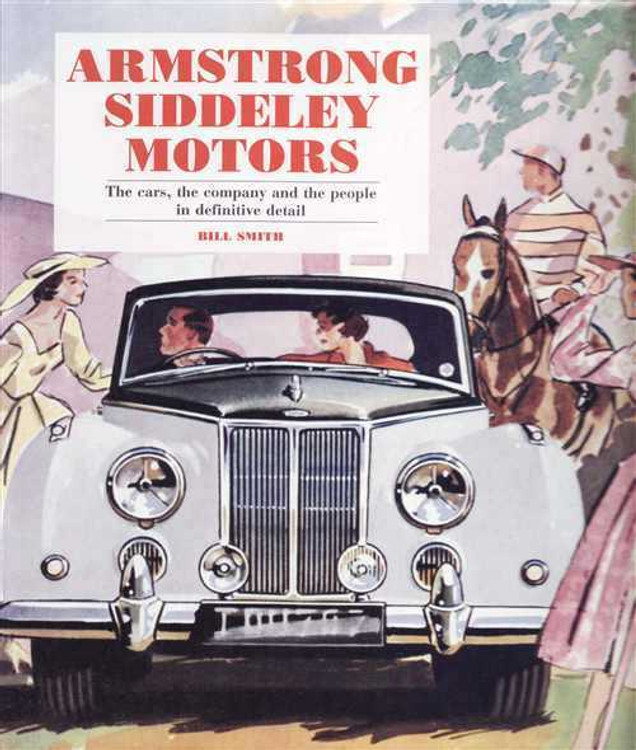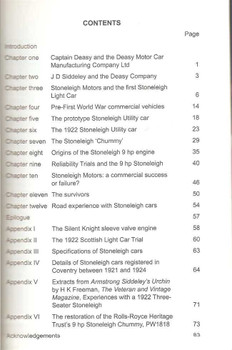Description
By: Bill Smith .
John Davenport Siddeley, and the companies to which he lent his name, played an important role in the history of the British automotive industry.
The Armstrong Siddeley marque was born out of Siddeley Autocar, Wolseley-Siddeley, Deasy, JDS Deasy and Siddeley-Deasy, and was ultimately swallowed up by Rolls-Royce. Along the way the Siddeley name was also associated with aeronautical projects, especially after Armstrong Siddeley Motors acquired A V Roe & Co. (AVRO) in 1928.
A true labour of love, this incredibly detailed book tells the complete story of Armstrong Siddeley and its products, as well as those of associated companies. It is also a very human story, illustrating the mixed fortunes of the Siddeley companies and Siddeley people through the tumultuous first half of the 20th century, including the effects of two world wars and economic depression.
The Armstrong Siddeley marque existed for only 41 years, but the cars it built have engendered a lasting affection through their quality and style: an affection that today continues unabated, and which is strongly supported by the remarkable efforts of the Armstrong Siddeley Owners' Club and its magazine, Sphinx.
Through his researches over many years, and in writing this book, Bill Smith has made an amazing contribution to the preservation of Amstrong Siddeley's history, and provided an invaluable service to all automotive enthusiasts and historians.
If ever there was a car that exuded style it was the Armstrong Siddeley. From the vast leviathans of the 1920s to the Art Deco inspired cars of the thirties and the restrained post modernism of the 1950s. Somehow for all the design influences it comes out looking very British indeed.
What did Armstrong Siddeley Motors achieve? A car that looked good, did what it was intended to do and was thoroughly reliable
Features
- A unique blend of social, economic and industrial history.
- The history of the company from Siddeley’s birth to now.
- It unravels the complex history of Siddeley’s involvement in motoring.
- It graphically illustrates the style and the personalities involved.
- It reveals the political and economic background of the time.
- It shows the relationship between the aero and car side.
- It highlights the many illustrious owners of this marque.
- It shows why car production stopped and what happened next.
- It shows how ASOC and other Clubs kept the marque alive.
- It lists in detail some of the surviving cars.




















